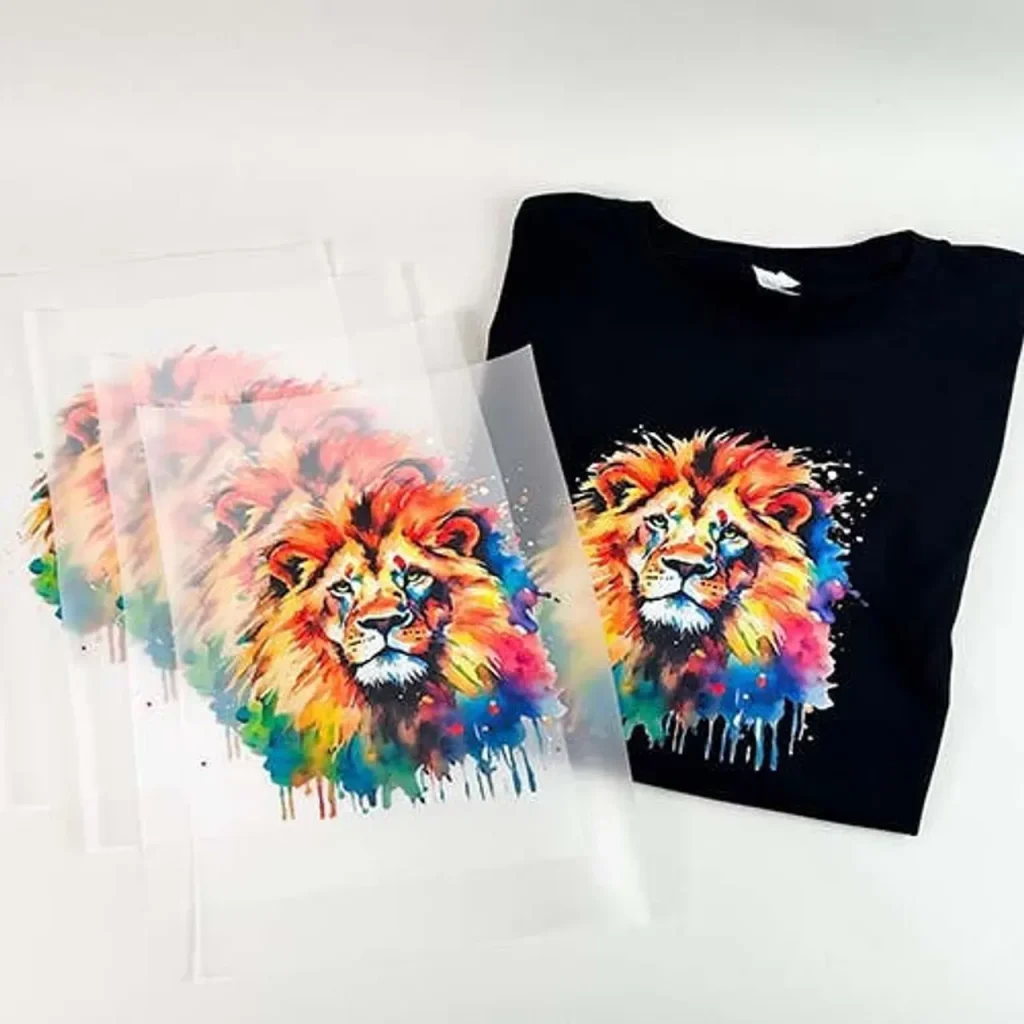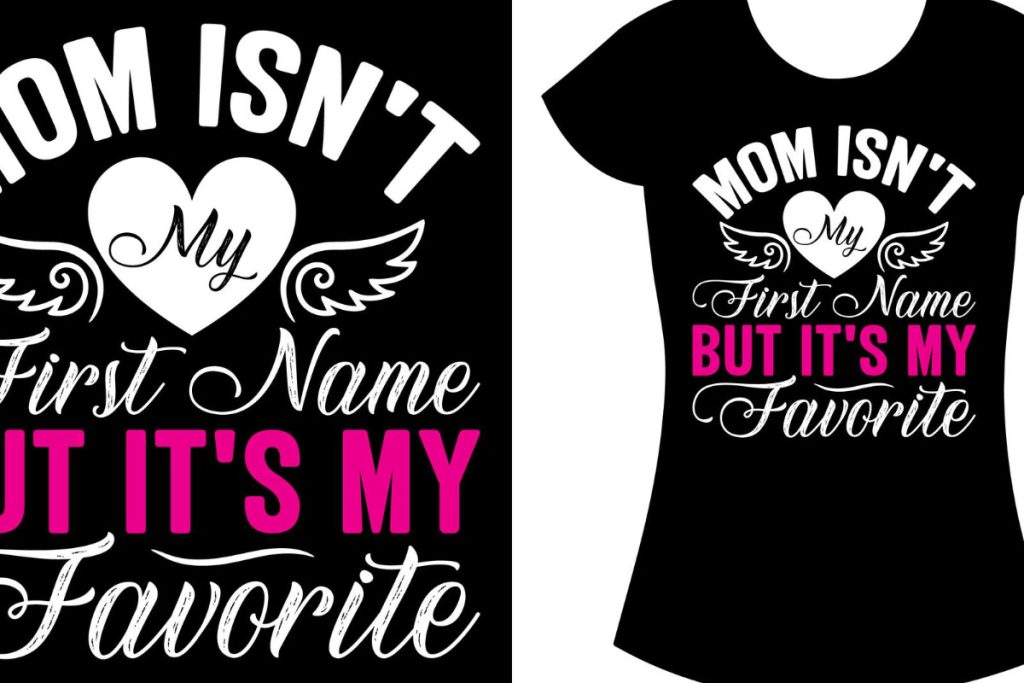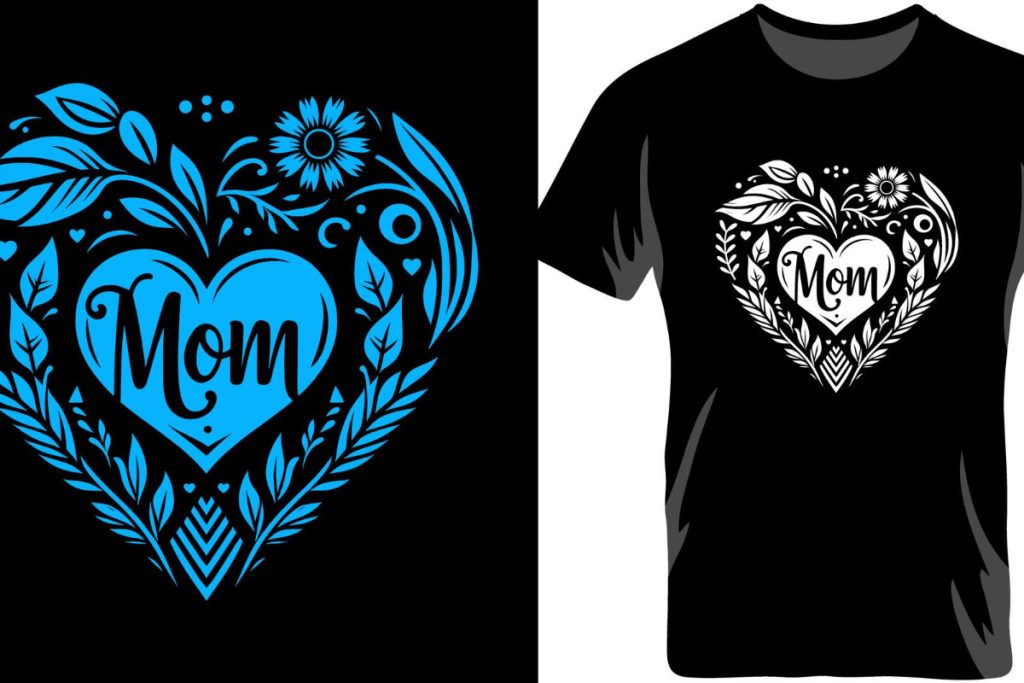DTF Transfers, or Direct-to-Film transfers, are transforming the custom apparel landscape with their ability to produce vibrant and high-quality prints on various fabrics. This innovative printing technology involves printing designs onto a special film that is later transferred to garments using heat and pressure, offering a quick and efficient solution for businesses. One of the defining features of the DTF printing process is its versatility, as it can be applied to multiple material types including cotton and polyester. As the demand for personalized clothing rises, the advantages of DTF transfers become increasingly appealing, particularly for small manufacturers looking to elevate their offerings. With excellent detail retention and durability, DTF transfers are quickly becoming the go-to choice for those seeking to make an impact in the custom printing market.
Also referred to as Direct-to-Film printing, DTF Transfers represent a breakthrough in the realm of custom garment decoration. This cutting-edge printing technology allows for intricate designs to be seamlessly applied to a range of fabrics, making it an ideal method for fashion brands and small businesses alike. The flexibility offered by DTF printing means that entrepreneurs can cater to diverse customer preferences while maintaining high-quality standards. One of the key benefits of this approach is its efficiency, especially for smaller production runs, allowing creators to test out designs without significant investment risk. In today’s fast-paced apparel market, mastering the DTF transfer advantages could provide a competitive edge that sets businesses apart.
Understanding the DTF Printing Process
The Direct-to-Film (DTF) printing process stands at the forefront of modern printing technology, offering businesses a reliable method for transferring high-quality images onto fabric. Unlike traditional printing techniques, DTF utilizes a unique process that involves printing designs onto a specialized film, which is then transferred to the desired fabric through a heat press mechanism. This innovative approach not only ensures that vibrant colors and detailed graphics are replicated accurately, but also allows for easy scaling in production, making it an enticing option for custom apparel manufacturers.
Moreover, the simplicity of the DTF printing process makes it accessible to entrepreneurs and small businesses. This method eliminates the need for complex setups often associated with screen printing, thereby reducing overhead costs. New users can quickly learn how to operate DTF printers, making it easier to start a custom apparel business or add DTF capabilities to an existing operation. The availability of user-friendly equipment further democratizes this technology, allowing anyone with a creative vision to create professional-grade apparel.
The Benefits of DTF Transfers for Custom Apparel
DTF transfers shine in the custom apparel market due to their many advantages. One of the key benefits includes versatility; they can be applied not only to cotton and polyester fabrics but also to various blends, ensuring that designs can work across a wide range of products. This flexibility allows businesses to create diverse offerings, such as t-shirts, hoodies, and accessories, catering to different consumer preferences and fashion trends.
Another major advantage of DTF transfers is the ability to achieve stunningly detailed graphics and vibrant colors. This printing technology excels at producing intricate designs that can capture the fine details needed for logos or complex artwork. Businesses can leverage this capability to stand out in a bustling marketplace where eye-catching designs can significantly influence purchasing decisions. As quality becomes a significant driver for consumers today, DTF transfers position firms to deliver exceptional results that keep customers coming back for more.
Cost-Efficiency of DTF Transfers in Production
One of the standout features of DTF transfers is their cost-effectiveness, particularly for businesses dealing with small production runs. Traditional screen printing typically requires higher volumes to be economically viable due to its setup costs and equipment investments. In contrast, DTF printing does not demand a minimum quantity, making it ideal for entrepreneurs who want to create unique designs without the burden of excess inventory.
Additionally, the DTF printing process simplifies and reduces labor costs as it requires less manual intervention compared to other methods. This efficiency allows businesses to allocate resources more effectively, focusing on design and marketing while minimizing production complexities. For those looking to explore custom apparel without a massive financial commitment, DTF transfers present a savvy choice, leading to increased profitability and sustainable growth.
Recent Innovations in DTF Technology
The DTF printing landscape is rapidly evolving, with technological innovations continuously enhancing the quality and application of transfers. Recently developed printing machines are equipped with advanced ink formulations that improve color vibrancy and adherence to fabric. These advancements not only bolster the overall quality of prints but also cater to the increasing consumer demand for high-resolution outputs that accurately reflect the artwork.
Furthermore, the growth of the DTF market is accompanied by increased accessibility to quality printers and materials. As technological barriers lower, more small businesses can enter the custom apparel niche, driving competition and innovation. Enhanced workflows and automated processes have further streamlined production capabilities, allowing artists and entrepreneurs to focus on creativity while improving operational efficiencies.
Best Practices for Successful DTF Transfer Application
Implementing best practices is essential for maximizing the potential of DTF transfers in the custom apparel industry. It begins with sourcing the highest quality films and inks, which play a crucial role in ensuring brilliant, long-lasting prints. Low-quality materials may lead to unsatisfactory results, diminishing customer satisfaction and harming brand reputation. By prioritizing quality inputs, businesses can significantly enhance their print durability and visual appeal.
In addition to quality materials, training staff on the specifics of DTF transfer application is crucial. Providing hands-on training on heat press techniques, film positioning, and troubleshooting common issues will vastly improve production outcomes. This investment in staff knowledge not only fosters quality but also encourages a culture of growth and excellence, which can lead to enhanced customer loyalty and a positive business reputation.
Marketing Strategies for DTF Transfer Businesses
With the rise of social media, effective marketing strategies have become paramount for businesses using DTF transfers. Platforms such as Instagram and Facebook allow brands to showcase their custom apparel in visually appealing ways, driving engagement and attracting new customers. High-quality images of prints, behind-the-scenes content, and customer testimonials can create a compelling narrative that resonates with potential buyers, making them feel connected to the brand.
Incorporating targeted advertising campaigns can further amplify the reach of marketing efforts. By utilizing analytics and insights, businesses can hone in on particular demographics most likely to be interested in their custom apparel. This data-driven approach ensures that marketing efforts are not only visible but are also reaching an audience that values the uniqueness and quality of DTF transfers, ultimately leading to increased sales and brand recognition.
Frequently Asked Questions
What is the DTF printing process and how does it work?
The DTF printing process involves printing designs onto a special film using a printer with specialized inks. This film is then transferred onto a fabric using heat and pressure. The result is a vibrant and durable print that adheres well to various materials, making it ideal for custom apparel.
What are the advantages of using DTF transfers for custom apparel?
DTF transfers offer several advantages, including versatility in application on different fabrics, the ability to produce intricate graphics with bright colors, cost-effectiveness for small runs, and improved durability with wash resistance. These benefits make DTF an excellent choice for businesses seeking quality in custom apparel.
Is DTF printing cost-effective for small batch productions?
Yes, DTF printing is particularly cost-effective for small batch productions. Unlike traditional methods that require large minimum orders and extensive setup, DTF transfers can be produced efficiently for smaller quantities, making them perfect for personalized or test items.
How does DTF printing maintain the quality of intricate designs?
DTF printing stands out in its ability to maintain the quality of intricate designs due to advanced printing technology. The process uses specialized inks and high-resolution printers that ensure fine details and vibrant colors are preserved, making it an excellent option for detailed graphics in custom apparel.
What materials are compatible with DTF transfers?
DTF transfers can be applied to a wide range of materials, including cotton, polyester, and blended fabrics. This versatility allows businesses to offer custom apparel on various garment types and styles, catering to diverse customer preferences.
What best practices should businesses follow for successful DTF transfers?
To ensure successful DTF transfers, businesses should invest in high-quality materials, train staff on proper application techniques, and implement effective marketing strategies. These practices will enhance print quality, improve operational efficiency, and attract customers effectively in the custom apparel market.
| Key Points | Details |
|---|---|
| Overview of DTF Transfers | DTF transfers revolutionize custom apparel production by using a special film for vibrant, high-quality prints. |
| Key Advantages | 1. Versatility: Applies to various materials (cotton, polyester). 2. Detailed Graphics: Maintains intricate details and bright colors. 3. Cost-Effective for Small Runs: Suitable for minimal orders compared to screen printing. 4. Durability: Improved wash resistance and longevity. |
| Recent Developments | 1. Technological Innovations: Advanced ink formulations and high-resolution outputs. 2. Growing Market Demand: Increased popularity due to e-commerce. 3. Accessibility for Entrepreneurs: Lower entry barriers with budget-friendly equipment. |
| Best Practices | 1. Invest in Quality Materials: Use high-quality films and inks. 2. Training and Techniques: Educate staff on proper application. 3. Effective Marketing Strategies: Utilize social media for visibility and branding. |
Summary
DTF transfers are transforming the landscape of custom apparel by offering innovative printing solutions that combine creativity and cutting-edge technology. This method allows for vibrant, high-quality designs on various fabrics, making it an ideal choice for businesses looking to deliver unique, detailed prints. The versatility, cost-effectiveness for small runs, and enhanced durability of DTF transfers make them an appealing option in the competitive apparel market. As advancements continue in DTF technologies, companies that stay abreast of best practices and marketing strategies can leverage these benefits to ensure ongoing success in the booming custom apparel industry.



